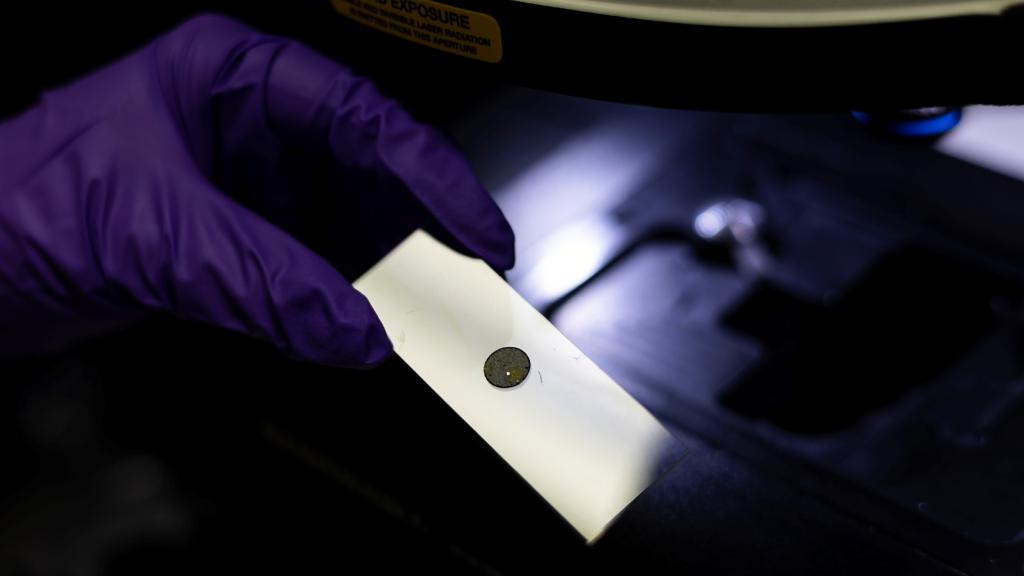2024-04-02 オークリッジ国立研究所(ORNL)

Credit: Tyler Spano/U.S. Dept of Energy
<関連情報>
- https://www.ornl.gov/news/researchers-publish-first-its-kind-database-uranium-minerals
- https://www.degruyter.com/document/doi/10.2138/am-2022-8738/html
CURIES: ウランラマンおよび赤外実験スペクトルの大要 CURIES: Compendium of uranium Raman and infrared experimental spectra
Tyler L. Spano, Travis A. Olds, Marshall McDonnell, Robert Smith, Jennifer L. Niedziela, Andrew Miskowiec, Roger Kapsimalis and Ashley E. Shields
American Mineralogist Published:November 30, 2023
DOI:https://doi.org/10.2138/am-2022-8738
Abstract
Identification of radioactive materials is a critical goal of resource exploration, basic actinide science, and nuclear forensics, and we provide here new insights toward rapid, nondestructive analysis of uranium-containing minerals and technogenic phases. Raman and infrared spectroscopic data are powerful indicators of solid-phase U(VI) coordination chemistry. In addition, U(VI) minerals exhibit high chemical and structural diversity as artifacts of geochemical processes leading to ore formation. Spectral signals of axial UO2+2(U−Oyl) bond lengths and the influences of additional oxyanions on these values are well documented for uranium oxide and oxysalt minerals and technogenic phases. Additional insight regarding the underlying crystallographic structure and chemical composition of uranium materials can be extracted through a survey of all available Raman spectroscopic data for these phases. To this end, we have developed the Compendium of Uranium Raman and Infrared Experimental Spectra (CURIES). CURIES was compiled via a thorough review of literature and databases, and for mineral species that lack measured and recorded spectra, data were obtained either from museum and academic collections or by direct syntheses. Characteristic Raman spectroscopic features for subgroups of uranyl minerals within CURIES were elucidated using multivariate statistical analyses. In addition, average spectra for groups of uranyl minerals were determined, providing insight into common spectroscopic characteristics that are indicative of the structural origins from which they arise. As of publication, 275 mineral species and technogenic phases have been entered in CURIES, and of these, 83 phases have published spectra that have been included in the CURIES database. Data collection is ongoing, and we have triaged missing data sets to assess CURIES for completion and to identify mineral groups that lack representation and should therefore be prioritized for data acquisition and inclusion in the database.



